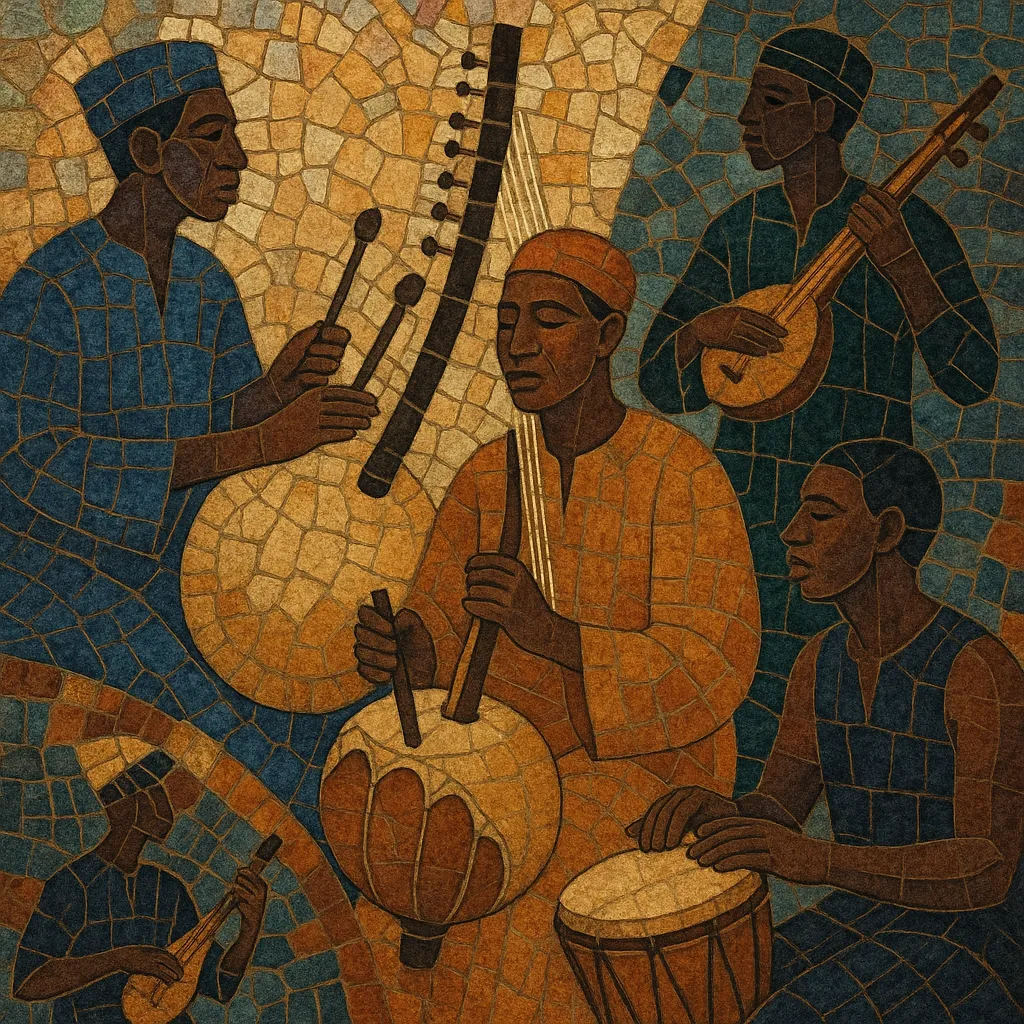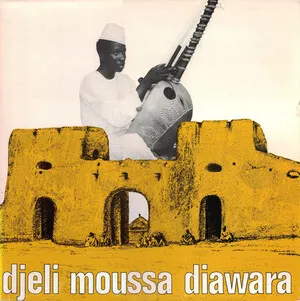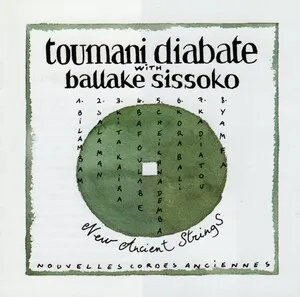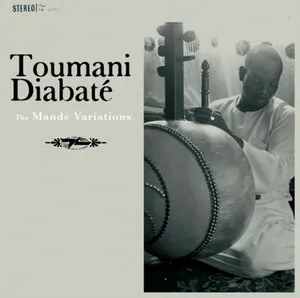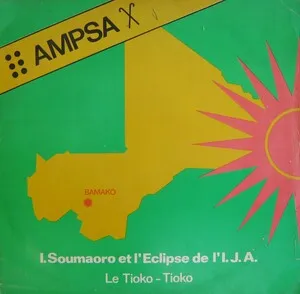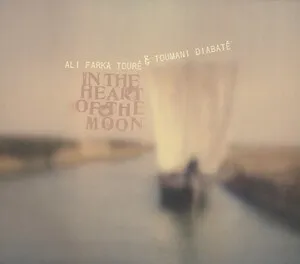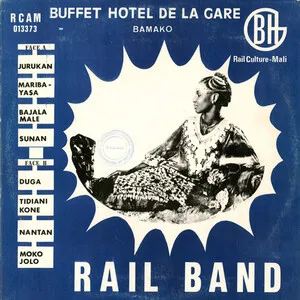Mande music refers to the courtly and community musical traditions of the Mande (Mandé/Mandinka) peoples of the Western Sahel—centered historically in the Mali Empire. It is best known for its hereditary bardic art, jeliya (the work of jeli/jali, often called griots), who preserve genealogies, history, and moral instruction through song, praise poetry, and instrumental performance.
Signature instruments include the kora (21‑string harp‑lute), the ngoni (plucked lute family), the balafon (wooden xylophone), the bolon (bass harp), calabash percussion, and hand drums. Musical texture typically combines cyclical ostinatos (kumbengo) with virtuosic embellishments (birimintingo), call‑and‑response vocals, and polyrhythmic grooves—frequently in 12/8 or a swung 4‑beat feel. While rooted in modal and pentatonic/heptatonic pitch systems and distinct kora tunings, it readily adapts to modern arrangements without losing its narrative, praise‑song core.
Mande music crystallized alongside the rise of the Mali Empire under Sundiata Keita in the 1200s. Hereditary bards (jeliw/jali) became custodians of history and social memory, performing praise songs for nobles and communities, and accompanying themselves on kora, ngoni, and balafon. Repertoires linked to epic narratives (e.g., Sundiata) and lineage praise formed the backbone of the tradition.
Over centuries, the jeliya institution thrived in courts across present‑day Mali, Guinea, Senegal, and The Gambia. Islamic scholarship and Sahelian court culture shaped aesthetics and poetic content, while trade routes spread instruments and styles. Distinct instrumental tunings (e.g., kora modes like sauta, hardino, tomora ba) and repertories (“Kaira,” “Jarabi,” “Kelefa”) became pan‑Mande touchstones.
Early 20th‑century recordings and radio documented jeli traditions. Following independence (1950s–60s), state orchestras and bands in Mali and Guinea—such as the Rail Band and Bembeya Jazz—merged Mande melodies and praise‑song structures with jazz, Afro‑Cuban rhythms, and modern guitars, bringing the style to urban dance floors and national stages.
The global “world music” moment propelled Mande artists to international acclaim. Figures like Salif Keita, Mory Kanté, and Toumani Diabaté introduced virtuosic kora and soaring vocal traditions to new audiences. Contemporary artists collaborate across jazz, pop, classical, and electronic scenes—preserving the cyclical ostinato/improvisation core while experimenting with harmony and production. Today, Mande music remains both a living heritage practice and a dynamic contributor to global music.

